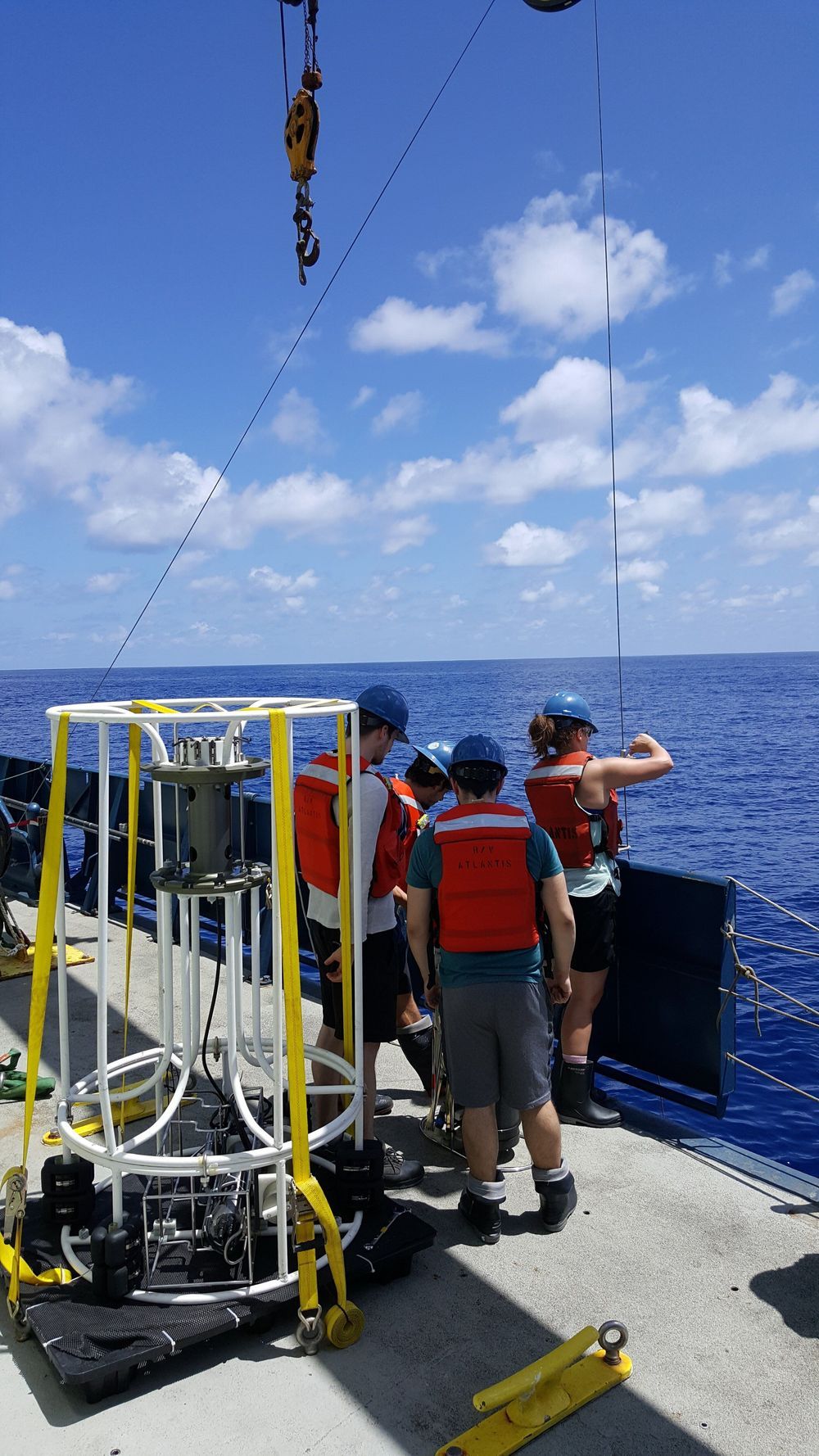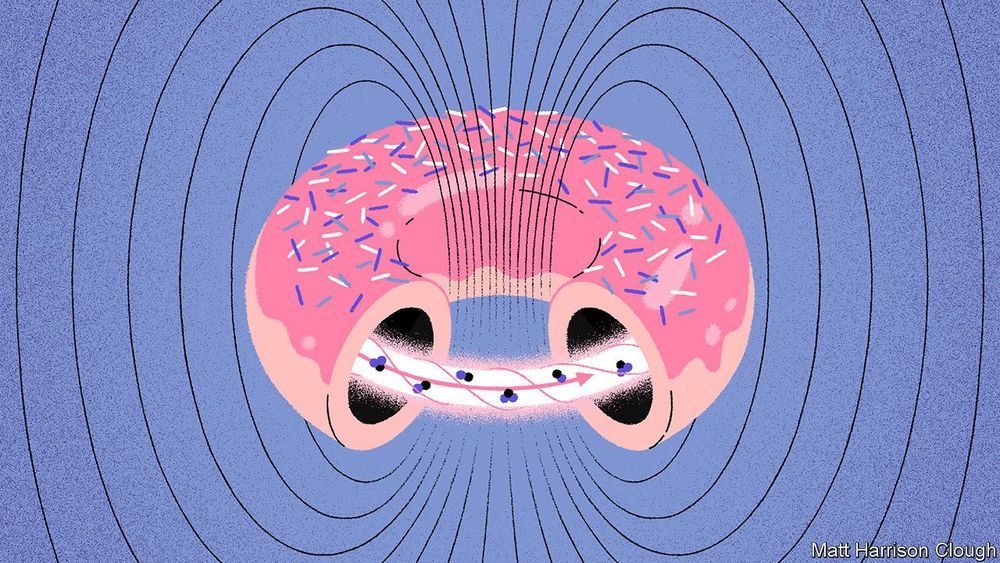Astrophysicists Szabolcs Marka at Columbia University and Imre Bartos at the University of Florida, have identified a violent collision of two neutron stars 4.6 billion years ago as the likely source of some of the most coveted matter on Earth.
This single cosmic event, close to our solar system, gave birth to 0.3 percent of the Earth’s heaviest elements, including gold, platinum and uranium, according to a new paper appearing in the May 2 issue of Nature.
“This means that in each of us we would find an eyelash worth of these elements, mostly in the form of iodine, which is essential to life,” Bartos said. “A wedding ring, which expresses a deep human connection, is also a connection to our cosmic past predating humanity and the formation of Earth itself, with about 10 milligrams of it likely having formed 4.6 billion years ago.”








